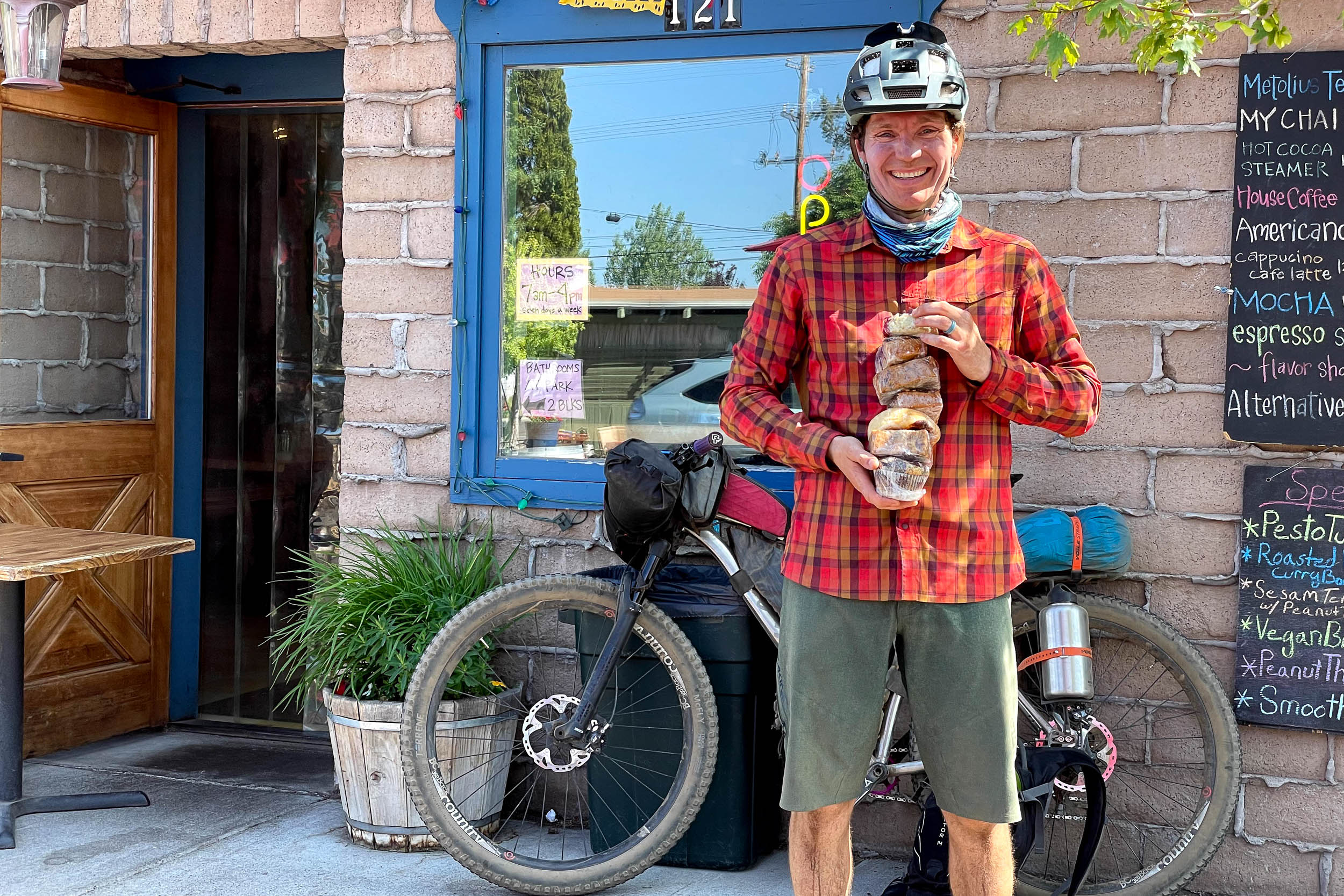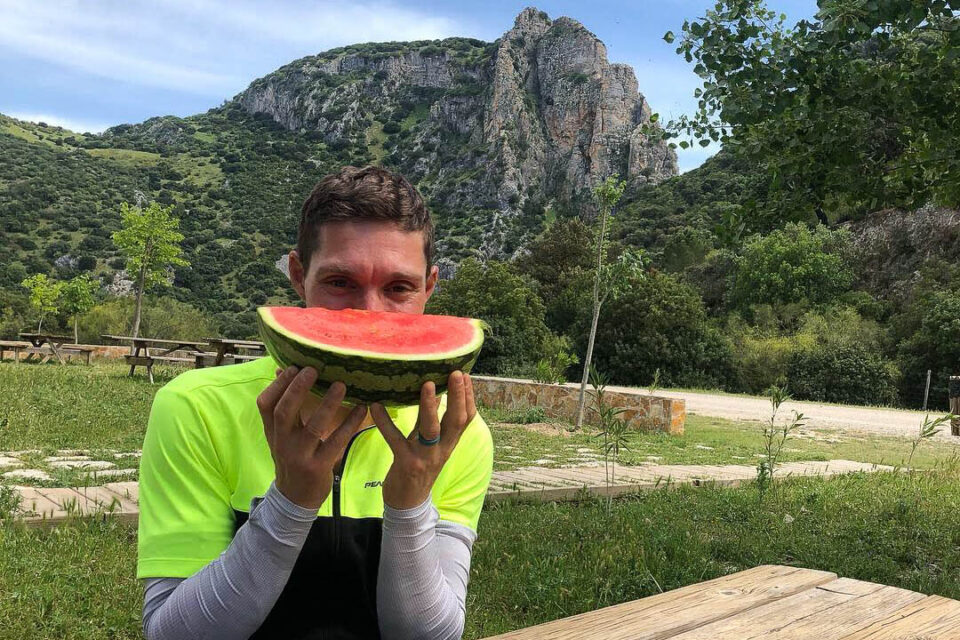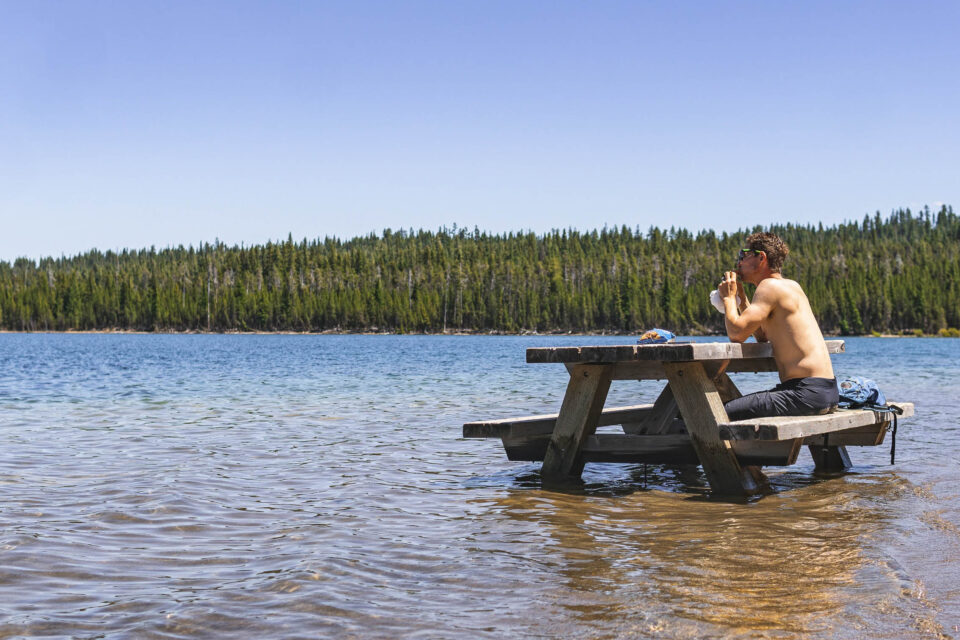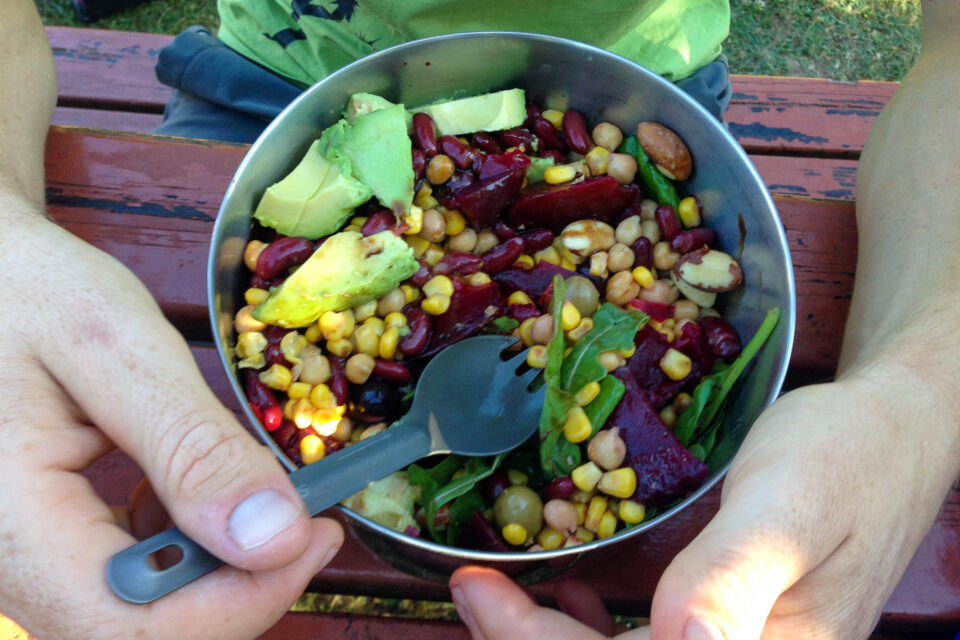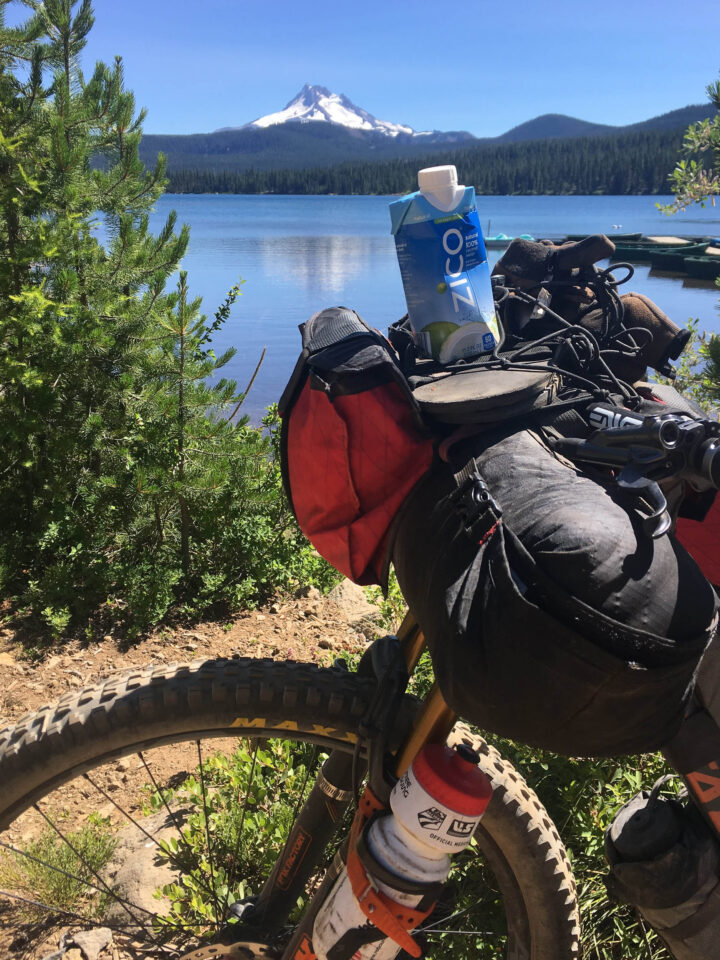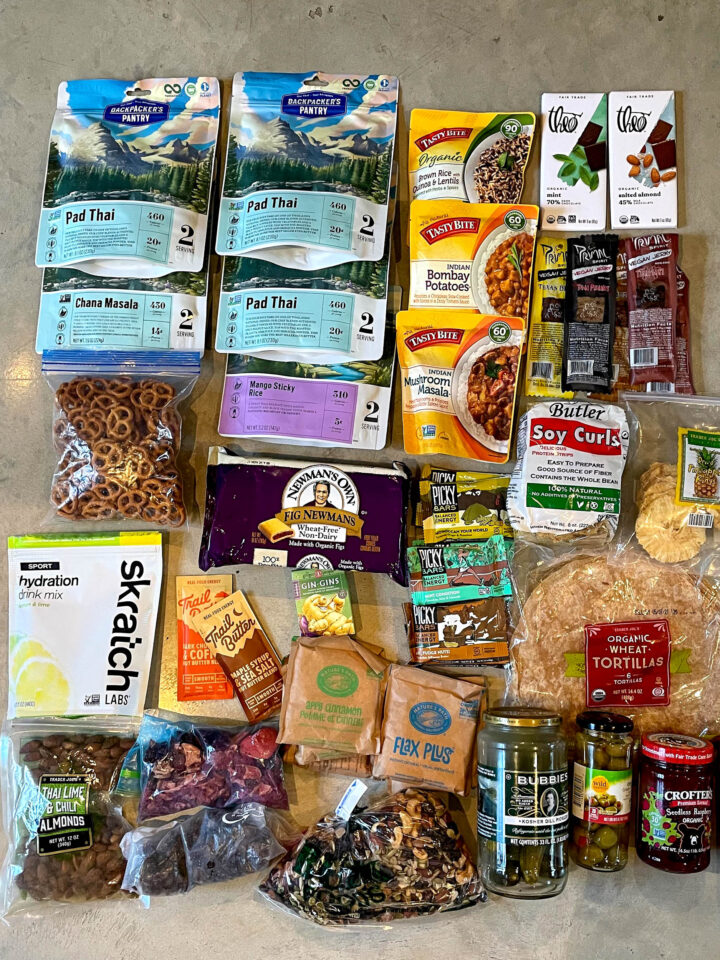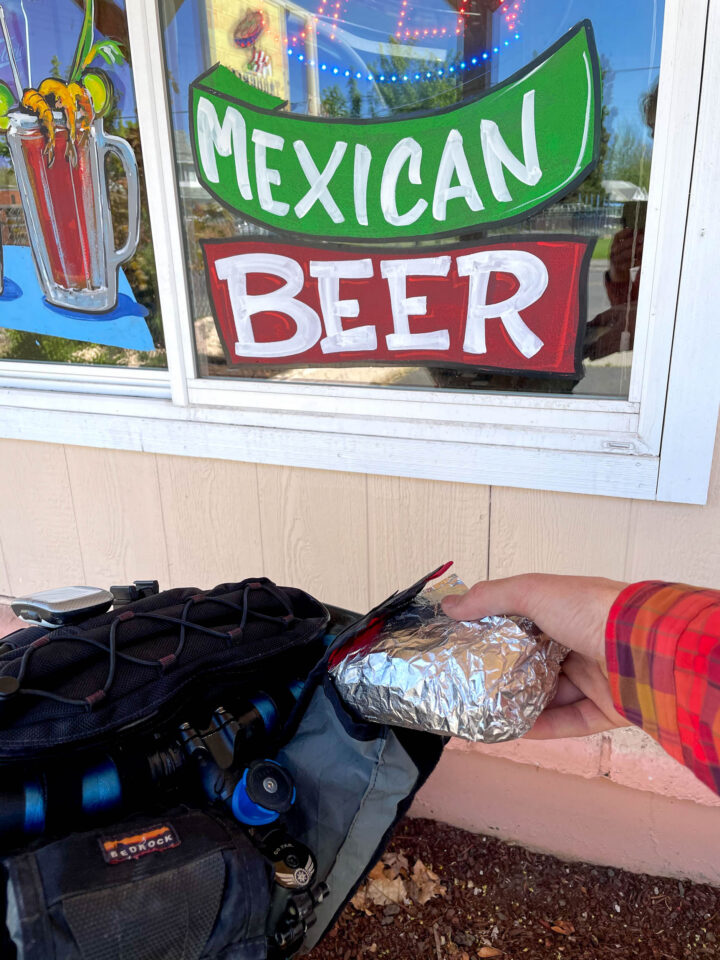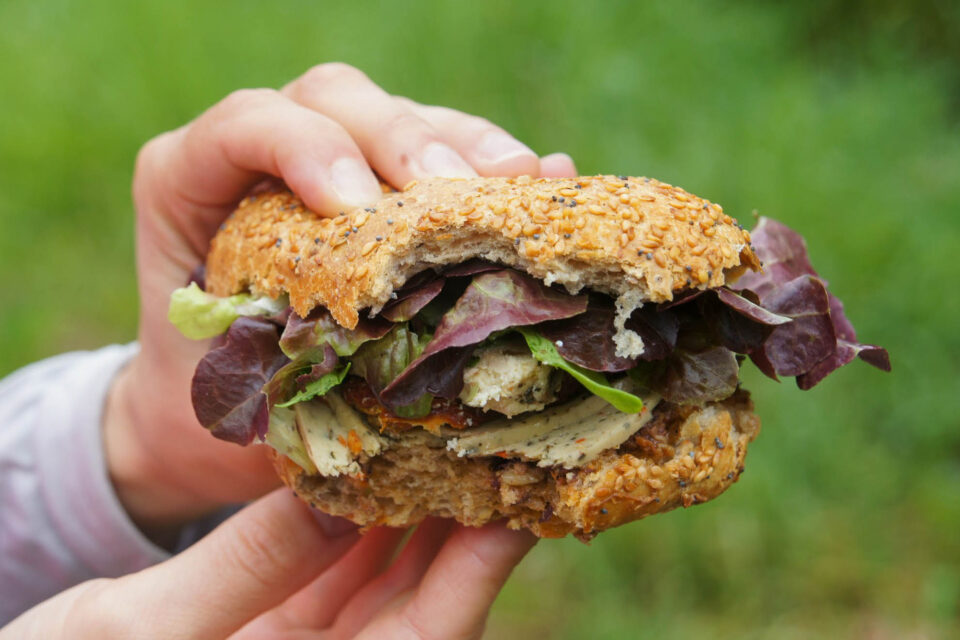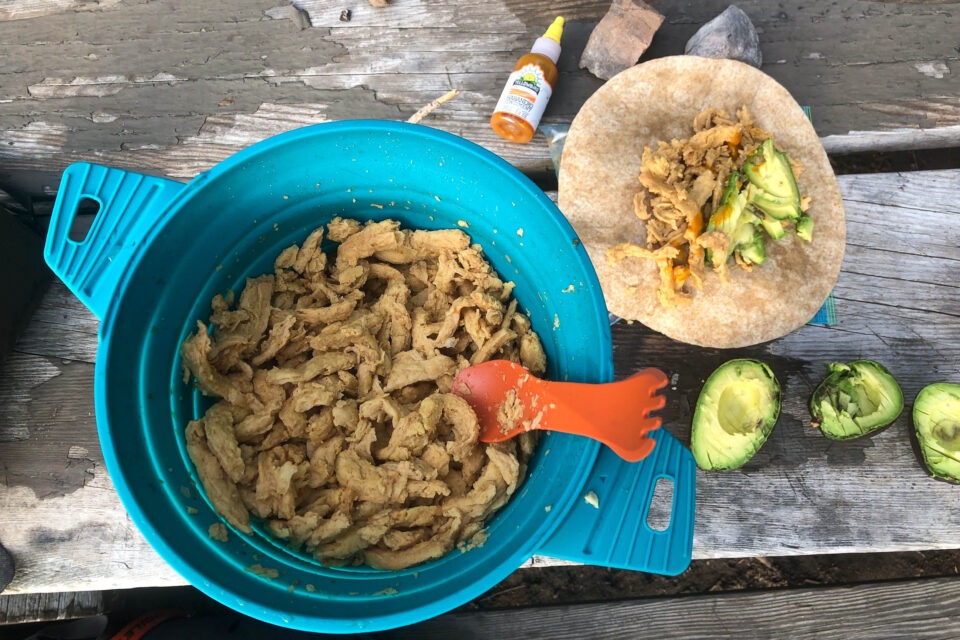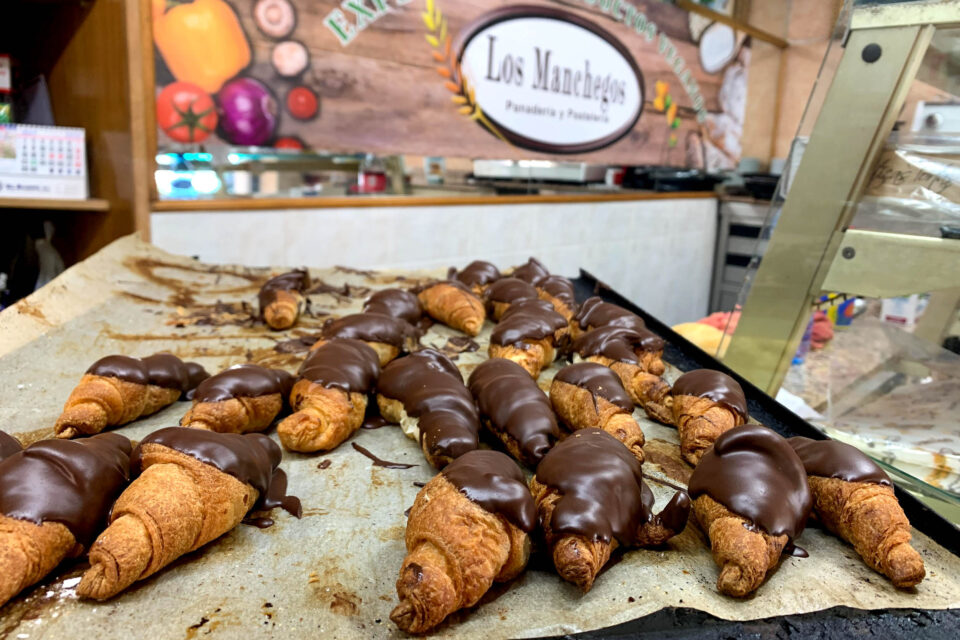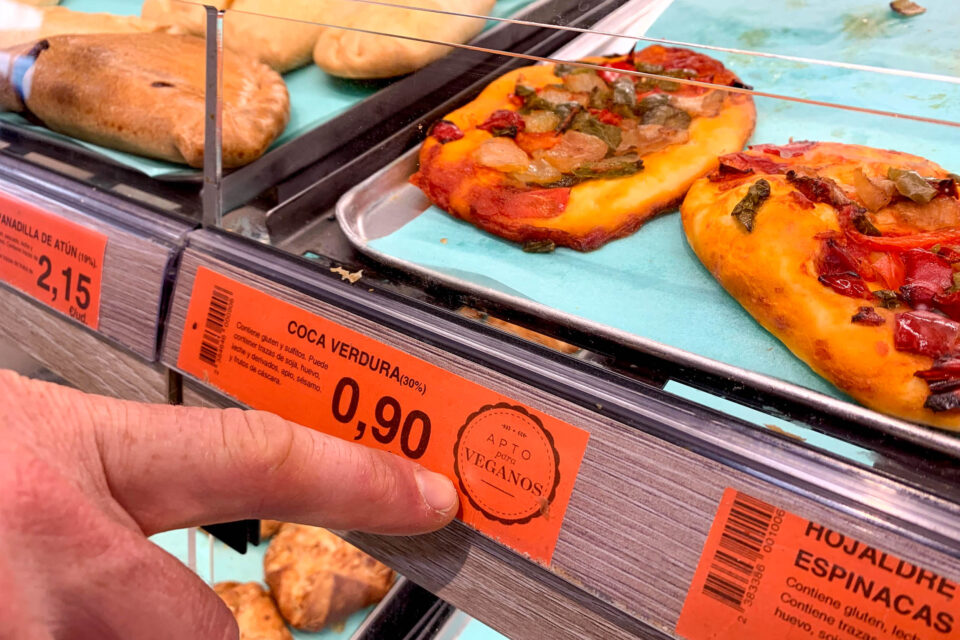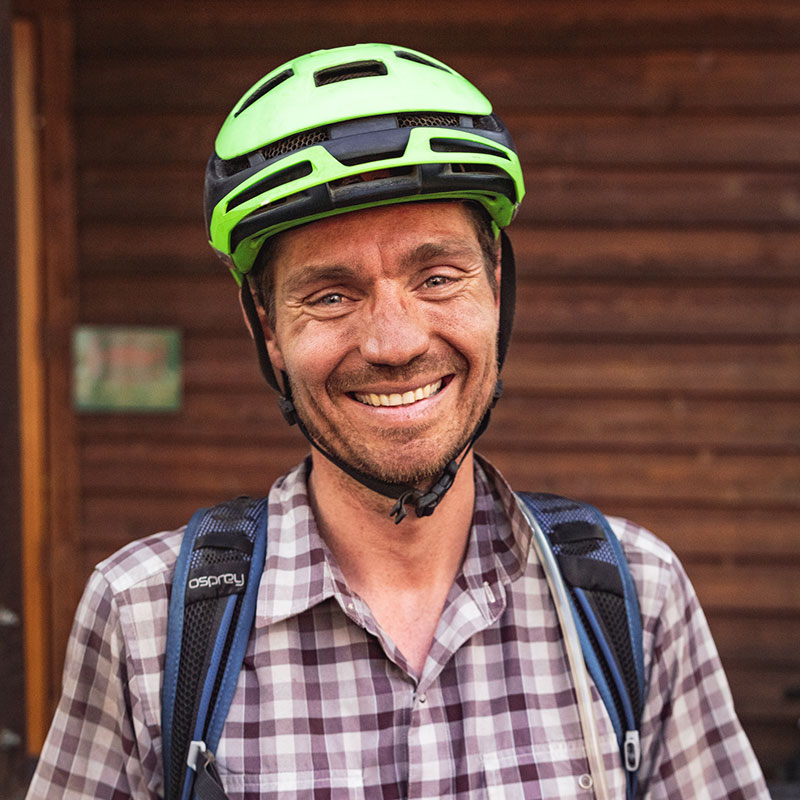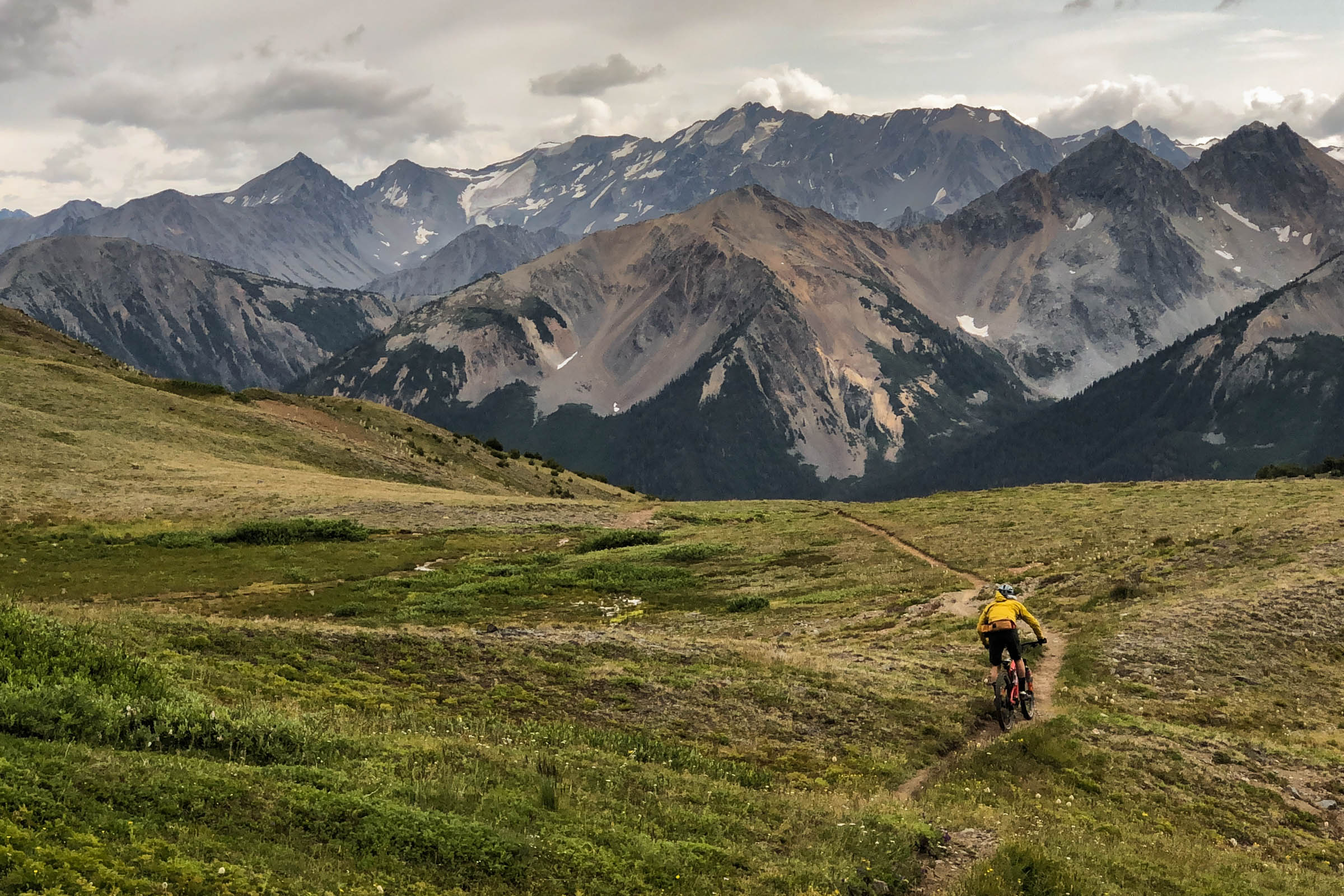How to Bikepack on a Plant-Based Diet
Share This
After a decade of bikepacking and touring on a plant-based diet, Dakota Gale compiled this handy resource that includes practical tips, some essential considerations, his favorite meals/ingredients, and more to help anyone curious about plant-based (or plant-leaning) bikepacking give it a try on their next trip. Find Dakota’s guide and a delectable gallery of images here…
Words and photos by Dakota Gale
It struck me recently that I’ve bikepacked or bike toured for over a year of my life in total. Since 2014, I’ve pedaled across states, countries, and mountain ranges—over a thousand hours of exertion and 10,000 miles. Along the way, I’ve burned a few calories.
I fueled all 10,000 of those miles following a plant-based diet. And since I couldn’t find a comprehensive blog post talking about this, I decided to write one myself. My goal is to provide concrete, actionable information about trying a plant-based (or plant-leaning) diet on your next bike trip.
Before diving in further, I want to say this: food is personal. The following is what works for me based on my personal experiences, and it’s not intended to be strict dietary guidance. I’m not a doctor, and this isn’t medical advice or a universal recommendation. In other words, I’m not here to tell you how to eat, but if you’re interested in some tips to help you lean more plant-based on an upcoming bike trip, you’re in the right place.

My Experience with Plant-Based Bikepacking
After almost a decade of pedaling on plant power, here’s a list of some things I’ve discovered:
- Bikepacking on a plant-based diet is totally doable. I’ve found that plenty of calories, balanced nutrients, and a high energy level were the norm.
- There’s never been a better time to live and travel as a plant-based person. From rural restaurants to big-city dining, I’ve been able to find and enjoy plant-based food options.
- In foreign countries, the grocery store and restaurant treasure hunt is an enjoyable part of the travel experience with the right mindset.
- If I’m kind and clear with my requests, people generally return the kindness and help get me what I need.
- Staying true to my values during a trip is empowering, and I enjoy the opportunity to be an ambassador for plant-based eating.
Bike Touring vs. Bikepacking
For me, bike touring means paved roads and hence more regular access to amenities like grocery stores most days, restaurants, and hotels. Riding around the US or Europe on small highways, back roads, and car-free paths is a perfect example of touring.
I think of bikepacking as off-road on gravel roads or dirt trails. It typically involves more remote travel with fewer resupply options and less carrying capacity on the bike. The Colorado Trail and Eastern Divide Trail are examples. This style of riding, which many readers of this site know well, might require multiple days without any resupply options.
Touring and bikepacking are fantastic ways to travel, and I will continue to do both of them. That said, I’m scared of cars and Tik-Toking teens behind the wheel, so I avoid paved roads whenever possible.
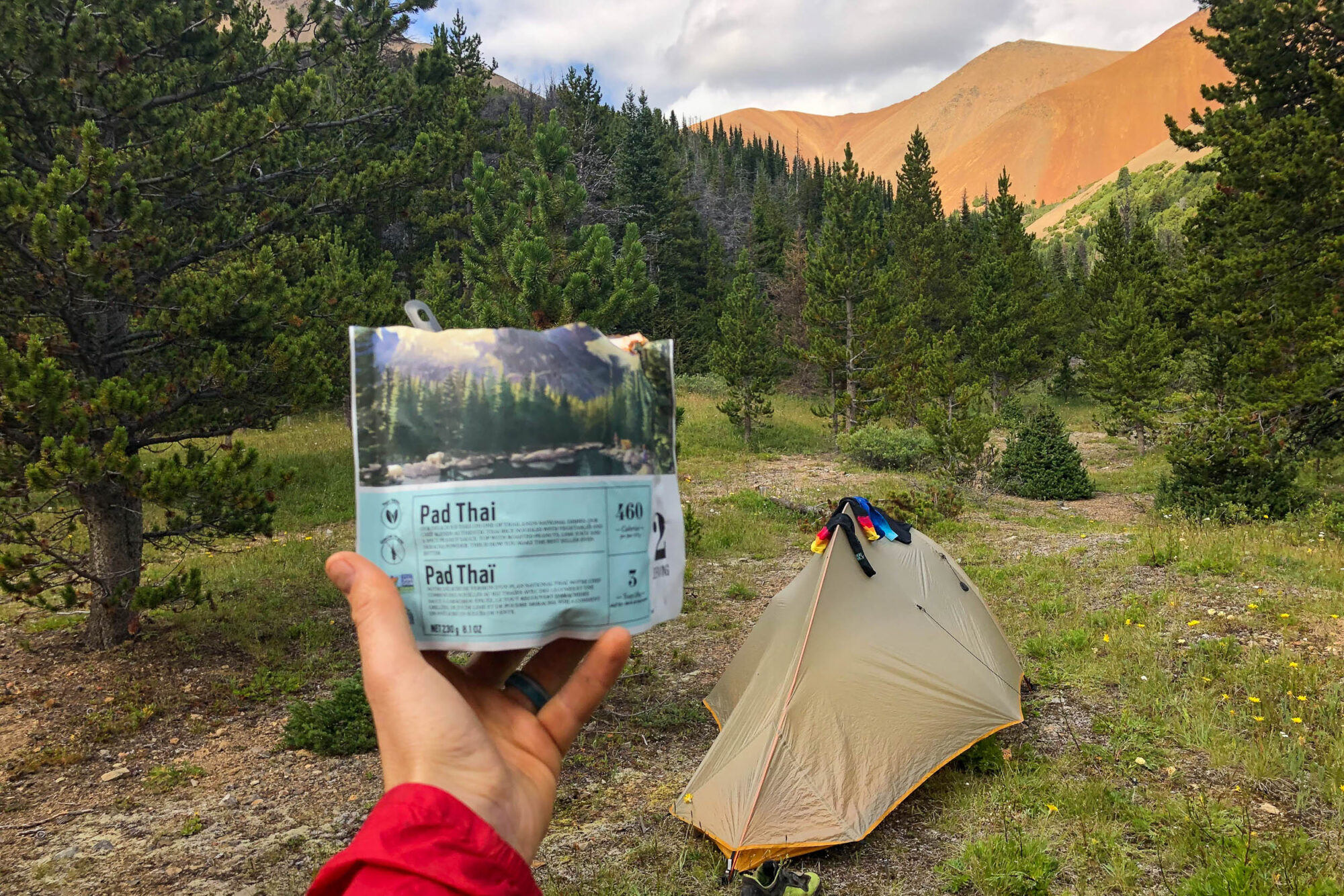
Quick Credibility Builder
Here’s a rundown of some of the bigger bike touring and bikepacking trips I’ve done on a plant-based diet. I bring these up to illustrate that big, physically demanding trips are entirely possible powered entirely on plants.
- Toured 4,000 self-supported miles across the U.S. from Idaho to Portland, Maine, with my wife, Chelsea.
- Pedaled 2,500 self-supported miles through 13 countries in Europe with Chelsea, plus another two months through Spain and Portugal.
- Bikepacked across Oregon on the Oregon Timber Trail; the Oregon Outback; Oregon Big Country; Three Sisters, Three Rivers; and the Odyssey of the VOG. I’ve also pedaled (and pushed) my bike through the remote Chilcotin Wilderness and the epic Colorado Trail.
- Raced 100 miles on a mountain bike a couple times (2017, 2019), a nine-plus-hour event. (Plant-based racers like Dylan Johnson absolutely crush).
- Many hundreds of hours of mountain bike day rides.
You’ll note that my trips are limited to North America and Europe (for now!). However, plant-based friends have pedaled E. Europe and S. America, Nepal, and other regions around the world and done juuuust fine.

The Mindset
My shift to plant-based in 2013 simply required commitment and just owning it. Most people understood and supported me. Even if people didn’t understand why I was making the choice, if I was clear and kind with my requests, they helped me get what I wanted.
I’ve discovered that eating plant-based is like any other boundary that we set to build our ideal life. If we have a preference and we’re crystal clear about it, then if somebody responds poorly, that’s great feedback to moooove along. Everyone these days knows somebody with a standard American diet. I recall a server in a small-town diner in Nebraska who told me about their cousin who ate plant-based. A keto brother, a gluten-free roommate, a vegetarian aunt—people will understand.

On the health side, I feel better being plant-based at 40 than I did in my 20s. I’m able to do all the cycling I did before (actually, now I do a lot more). In fact, many badass professional athletes are plant-based, as documented in the movie The Game Changers. And, given the positive results and empowering feeling that my choices are better for the planet, animals, and me, I can wholeheartedly endorse a plant-based lifestyle.
Okay, enough background. Let’s talk about what I eat on bike tours.
Food for Bikepacking vs. Bike Touring
In my experience, bikepacking tends to involve steeper, more challenging terrain. Keeping bike (and human) weight to a minimum matters more when I’m lifting my bike over 200 downed trees. Loaded up with food and gear while road touring, I just downshift and go slower. On a trail, I curse downed trees and wish I’d done more pull-ups for trip prep.
Space is also more at a premium on a bikepacking setup. Without spacious panniers, options for storing food are limited. On a road bike tour, I’ve carried incredible amounts of grub: half a watermelon, cans of beans, and jars of olives… whatever! An extra 10 pounds of food barely slows me down. Spin up those hills! But, can I lift that bike over a tree or power through a steep move on a trail? Hell no. As such, I make different decisions depending on my style of riding.
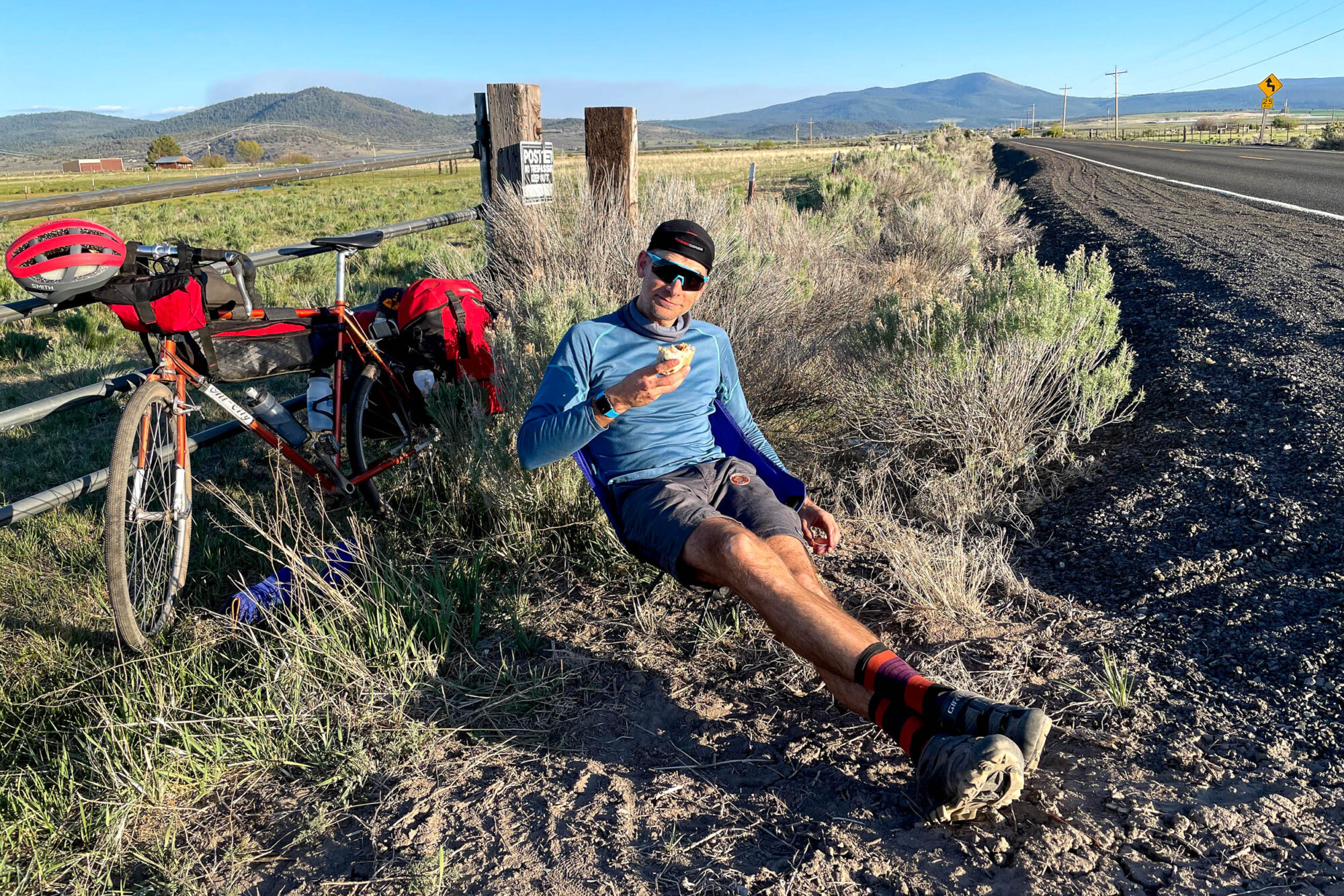
General Tips for Bike Travel
Regardless of whether I’m bikepacking through remote mountains or bike touring around places like Europe, these things hold true:
- I usually carry a small stove (a Jetboil), but I also like to cold-soak my overnight oats so they’re ready first thing. I do the same with some freeze-dried meals so they’re ready when I’m hungry vs. woefully staring at the cold package and considering attacking my companions to commandeer their food.
- For really remote trips (e.g. the Oregon Big Country), I mail food ahead. It’s easy: I simply find a post office in the area I’m passing through and send a package to myself marked general delivery. For $10-15 bucks in shipping, I can have exactly what I want. One caveat: check the hours for the post offices, because sometimes they are limited in small towns.
- Gas stations/convenience stores exist in every town and contain tons of plant-based options (maybe not the most healthy, but whatever. Fritos, mmm!).
- Bike travel makes me HUNGRY, and sometimes it’s tough to carry enough calories to make up for full days of biking. To combat that, I backfill the calorie deficit by eating all the heavy, calorie-dense, yummy stuff while I’m at a restaurant or outside a grocery store, bakery, convenience store… anywhere. I also load up on nutrients via seaweed salads, salad bar items, oranges, and watermelons, obviously.
- I almost always order two portions at a restaurant, eat one there and one to go. For road tours, I’ll bring a watertight container that can hold leftovers to be enjoyed later.
- When I’m grocery shopping, I divide my haul into two portions: The stuff to load onto my bike and the stuff I wolf down to refuel on the spot.
Food for the Trail
Below is a list of my go-to bikepacking food. I aim for as little processed food as possible, though that falls apart if I’m starving and find Sour Patch Kids in a gas station.
Regarding freeze-dried meals, some people make their own, but I’ve never wanted to spend the time. If you watch for year-end sales, you can get meals quite cheaply. Plus, hey, you’re sleeping on the ground, so if finances allow, treat yourself!
In general, focus on calorie-dense foods. You’re not trying to lose weight on tour, you’re trying to fuel your engine. Stuff as many calories in your face as possible (e.g. burritos).
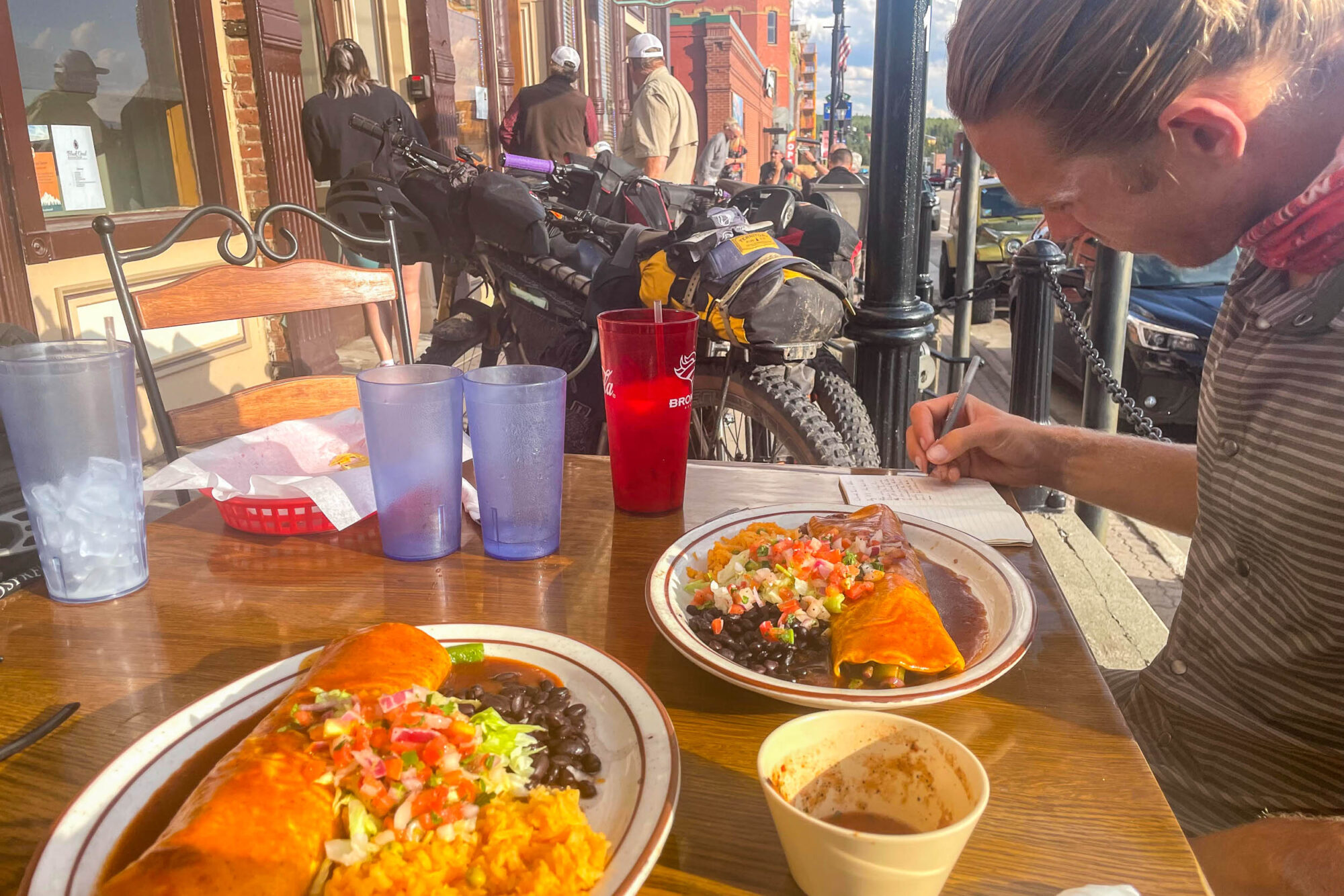
Breakfast
- Oatmeal. For shorter trips, I premix a bag with nuts, dried fruit, ground chia, and other additions. For longer trips, I simply buy oatmeal packets along the way and mix with calorie-dense additions like trail mix or peanut butter.
Lunch
- Tortillas – PBJ trail burritos or make a freeze-dried meal into a wrap.
- Sigdal crackers.
- A (plastic) jar of peanut butter and jam that I pre-mix for trail burritos or for adding to oatmeal.
- Energy bars: Picky Bars are my favorite. Pro Bars are a calorie-dense option as well, with PB Chocolate my fav.
- Trail mix to eat/add to oatmeal and trail burritos—available in every grocery or convenience store.
- Pickles. Zero calories, heavy, and yet a divine gift from the gods at the top of a mountain pass when I’m craving salt.
- Olives. All part of my attempt to not only eat sweet treats.
- Dried fruit (pineapple, mango, dates, raisins) or gobbling fresh fruit if I’m restocking at a store. Raisins with salt provide the same boost as Sports Jelly Beans and are au natural.
- Lupini beans – salty, flavorful, with some moisture. A favorite.
- Bada Bean Bada Boom – crunchy and delicious beans.
- Primal Jerky.
- Fig newtons. Mmmm, figgies.
- Some kind of salt/electrolyte tablet and powder.
- Coconut water is a delicious treat.
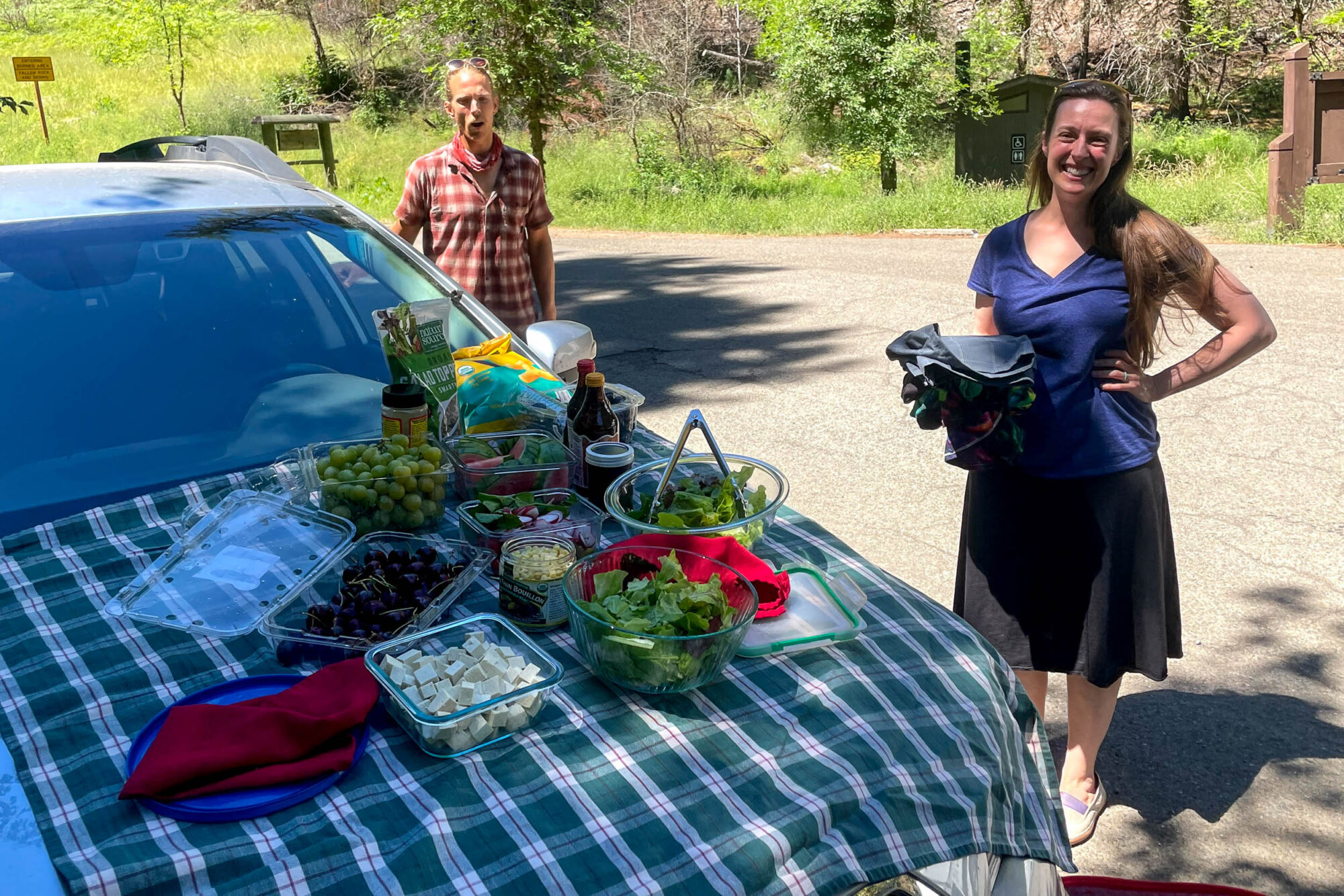
Dinner
- Freeze-dried meals. There are a ton of options. Backpacker’s Pantry Pad Thai is an affordable, excellent option, along with Kathmandu Curry and other plant-based options. One for dinner and another that I’d make in the morning and eat by noon. If you’re traveling through cities, most outdoor stores will have these.
- Dried soy curls pre-mixed with a custom fajita mix for delicious tacos. Pro tip: bring hot sauce, always.
- Use tortillas as a wrap for freeze-dried meals. Extra calories!
- Restaurants! Nothing like a 1,500-calorie mega burrito from a Mexican restaurant or a Subway sandwich to offset hours of biking. A favorite move is to grab a burrito to go and keep pedaling, then eat it down the road.

What to eat in Rural Towns
Nobody likes staring at a menu in a small-town diner and thinking, “Ruh roh, I’m going to starve.” Fear not! There are plenty of calories to be had. You just need to ask for what you want.
For example, during my Oregon Timber Trail journey, my friends and I pedaled like hell into Chemult to beat the 9 p.m. closing of Lori’s Diner. We were famished after a huge, challenging day of carrying bikes over downed trees. Magically, Lori’s had veggie burgers available. Did I eat two of them and wish I’d ordered three? Yep!
The next morning, we were back for breakfast. Everything on the menu contained animal products, but I deployed my secret weapon: asking for what I wanted. “Hey, can the cook throw together something for me? Just take hashbrowns and load any vegetables you’ve got into it. Maybe some veggie burger too?”
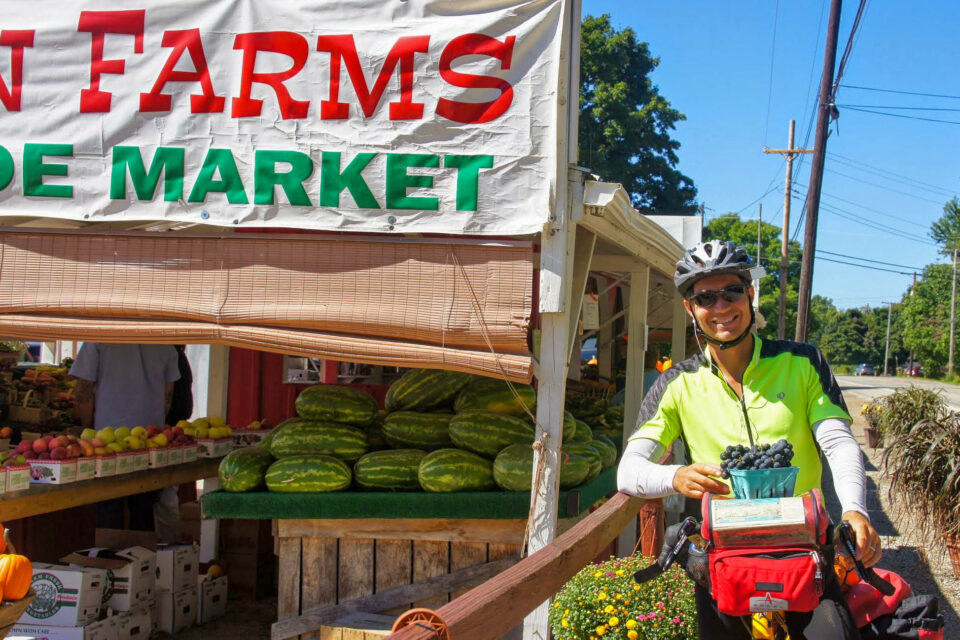
The result? A mouth-watering, satisfying breakfast. Even better, when the cook came out and asked how it was, I got to tell him so. He responded that he’d enjoyed cooking something different. This illustrates an important point: you aren’t necessarily inconveniencing someone by asking for what you want. With potatoes, rice, pasta, beans, vegetables and a random veggie burger (or not), a delicious meal is possible. These staples exist everywhere.
Side note: You’ll notice I didn’t worry about the grill being used for cooking meat. For me, this lifestyle isn’t about perfection, but about best efforts. As I see it, perfectionism in anything is simply a recipe for giving up and doing nothing.
Food for Bike Touring
Bike touring meals can, of course, include the exact same stuff as bikepacking. However, it’s easier to live a fancier—and healthier—life when you’re touring on the roads. More frequent, better-quality restaurants are a great example.
In Europe, it’s even easier. Restaurants and grocery stores feature tons of plant-based options, and we’ve found even the smallest little B&Bs and restaurants offer something plant-based. The organic shops offer fantastic options as well. Organic produce is also less expensive in Europe.
Outside of big cities or when I’m camping, I opt to make my own meals with food from grocery stores. Big salads (I’m talking LOADED with calories), simple burritos or wraps, pasta. It’s not home-cooked deliciousness, but after riding all day, it doesn’t matter—food just tastes better.
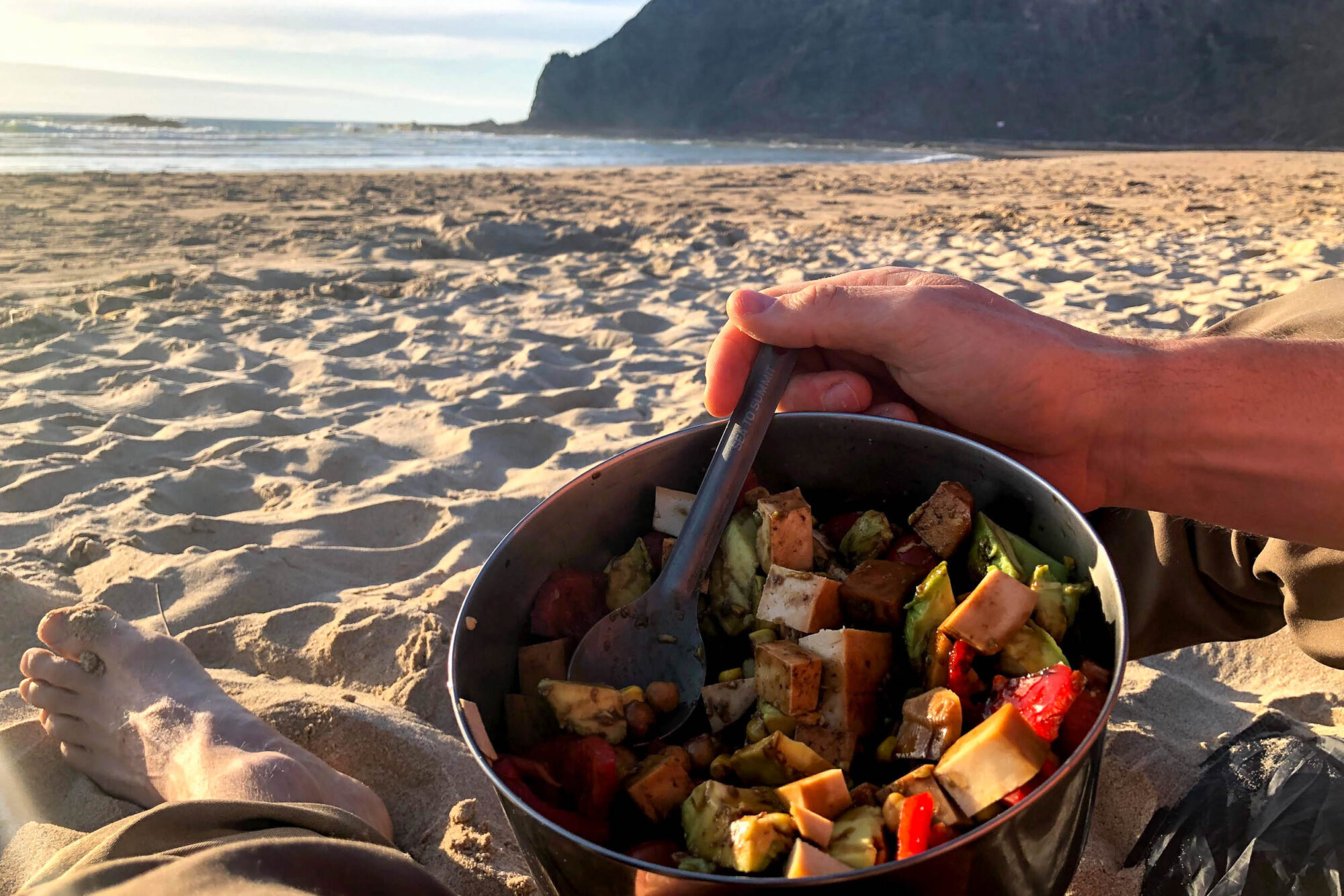
Here are a few staples I grab in grocery stores or restaurants while road touring. Refrigeration isn’t necessary since it’s down the hatch quickly:
- Olives
- Beans
- Tofu or tempeh: get the marinated stuff for max flavor
- Nuts (with beans, tofu/tempeh, and seeds, we can easily get enough protein on tour)
- Plant-based meats, cheeses, yogurts and milks
- Granola or oatmeal
- Salad dressing
- Hummus
- Any and all vegetables
- Avocados and guacamole
- All the fruit: apples, cherries, GRAPES (the best)
- Pizzas sans cheese
- Carbs! Bread, tortillas, plant-based pastries…fuel those miles
- Canned chili, baked beans, or lentil soup (Amy’s is a go-to brand of mine)
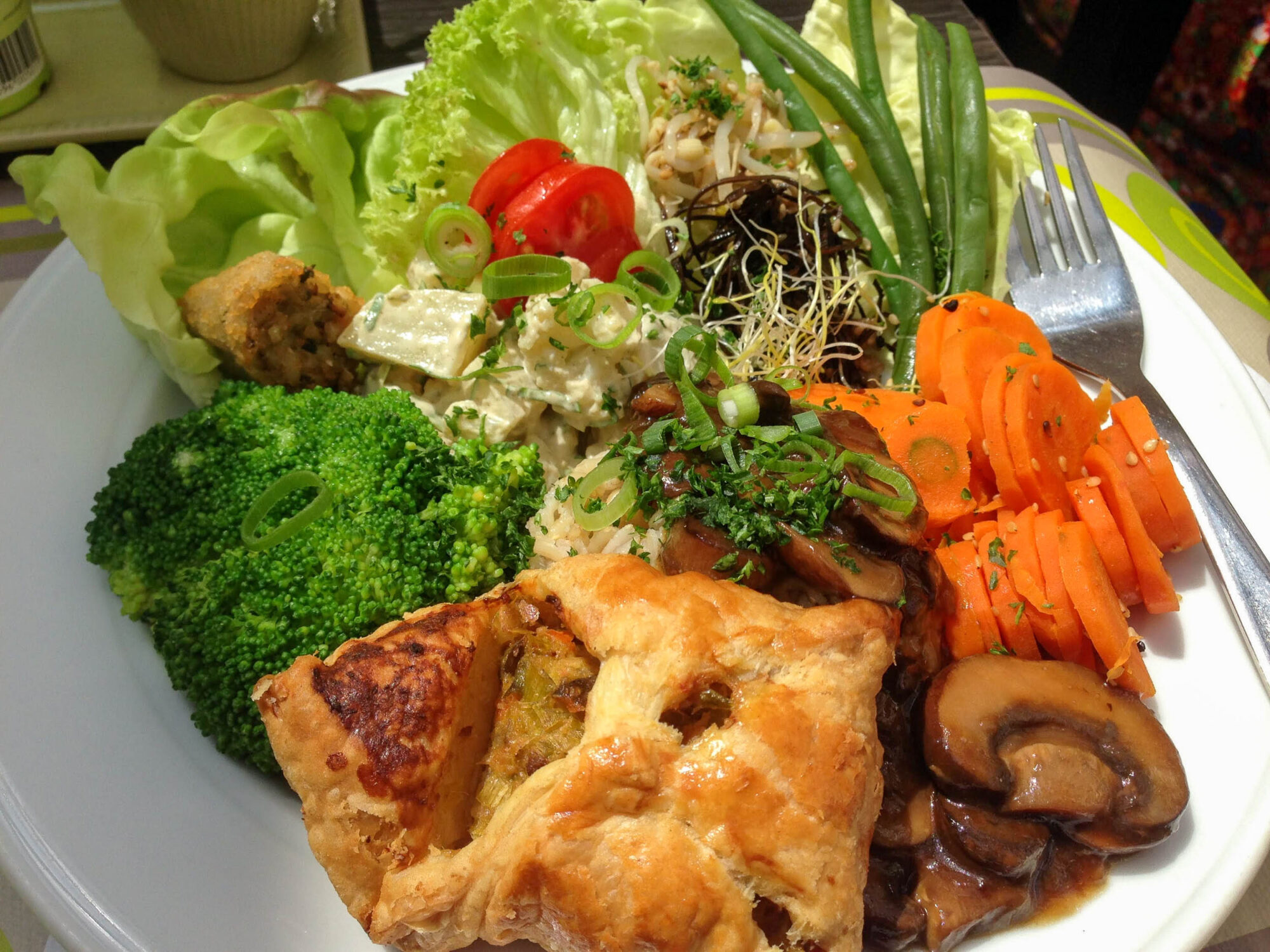
Putting Rubber to the Road
Time to hit the road! All that’s left to do is buy a bunch of grub and load your bike up. Before you do, here are a few additional tips to dial in a positive mindset:
- Add, don’t subtract. Rather than thinking about things you can’t eat, simply substitute plant options.
- It’s not all or nothing. A substantial and meaningful diet shift is best accomplished slowly, piece by piece. You might be surprised how easy it is to eat 75% plant-based with little dislocation to your eating habits. Experiment with plant-based options.
- Treat it as a treasure hunt. Enjoying the challenge of seeking out plant-based options is like not buying shitty tomatoes out of season at the grocery store. It’s a bigger reward when you find that special, tasty item (Coconut Bliss ice cream in a small grocery store in the Midwest comes immediately to mind!).
- Feel good knowing you’re helping your health, the environment, and animals. It’s an easy way to have less impact, one bite at a time.
You’re ready to roll! Pick a route, pack your bags, order that grub, and get out there. Have some useful tips or favorite plant-based bikepacking recipes to share? Please drop a note in the comments below.
Disclaimer: The opinions in this piece were not written by a nutritional expert and are based on personal experience. They should not be used as medical/dietary advice. Always consult with a licensed professional before implementing any changes to your dietary regimen.
Related Content
Make sure to dig into these related articles for more info...
Please keep the conversation civil, constructive, and inclusive, or your comment will be removed.






